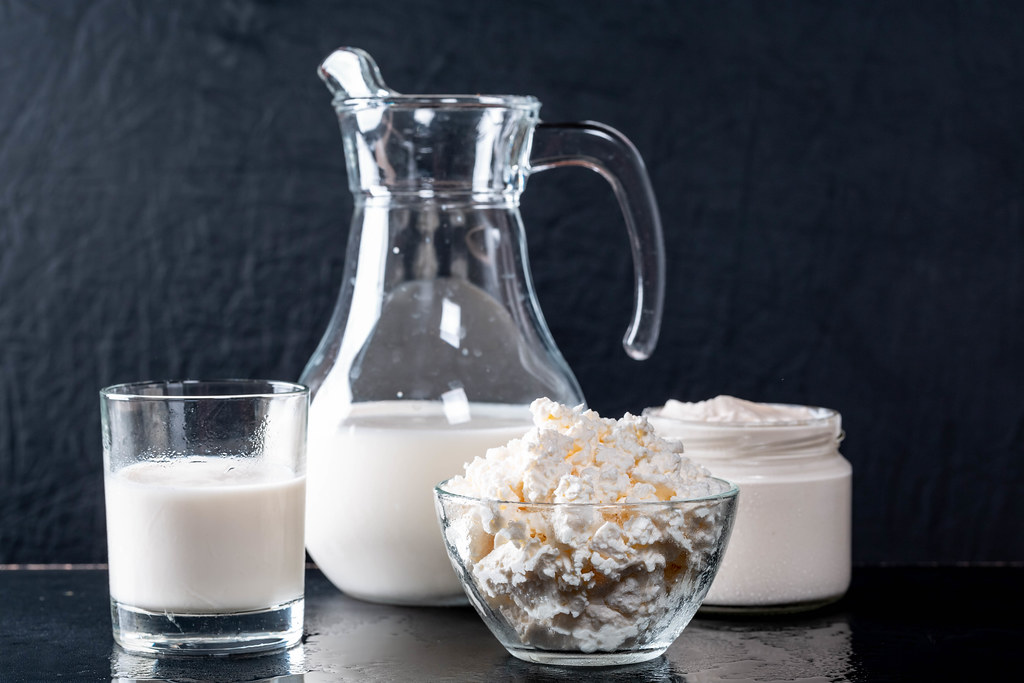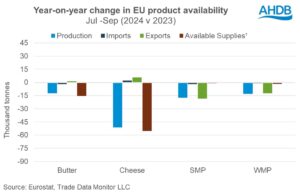
Dairy consultant Ken Bailey recently addressed the Dairy Financial and Risk Management Conference in Harrisburg, Pa., shedding light on the challenges currently facing the dairy industry. Dairy prices are on the decline due to weakened demand, causing concern among farmers and industry experts.
Bailey noted that while farmers have worked tirelessly to increase component levels, overall milk production has experienced sluggish growth this year. Rising input costs and shrinking milk checks have added to the strain. In June, Pennsylvania witnessed a 1% year-over-year decrease in milk production, while western states like Texas, which had previously seen rapid production increases, faced even steeper cuts.
Farmers are feeling the financial pressure, and this has deterred them from investing in herd expansion, which could potentially boost milk supply. According to Bailey, this hesitancy to invest is a significant concern.
On a positive note, the production and consumption of cheese and butter have remained strong. However, the consumption of fluid milk continues its long-term decline. Consumers now have numerous beverage alternatives, some of which they may mistakenly believe offer equivalent nutrition to milk. Celebrity endorsements of plant-based milk alternatives have also played a role in shifting consumer preferences away from traditional dairy.
Bailey highlighted that the nonfat dry milk market heavily relies on exports. When exports decline, processors may be hesitant to produce dry milk as it takes time to bring the product to market, and they risk selling at a loss. Although exports remain substantial, they have decreased compared to last year’s record of $9.5 billion. Whey, a significant dairy export category, has experienced a sharp decline, with modified whey exports falling by 26% in the first half of the year. Whey, a byproduct of cheese manufacturing, has various applications, including in energy bars and fitness supplements. However, sales of such products depend on a growing economy, which can be influenced by a range of factors.
Bailey emphasized the importance of the U.S. renewing its focus on free trade agreements involving dairy. Such agreements result in gradual tariff reductions, which have been instrumental in growing dairy exports to countries like Australia and those in Latin America. Exports are expected to remain a crucial component of the U.S. dairy market, especially as processors anticipate foreign countries to absorb marginal increases in American production.
Additionally, the dairy market is not immune to the broader economic landscape, which has cooled in response to rising interest rates. However, Bailey suggested that the global slowdown is expected to reach its low point next year, potentially offering a glimmer of hope for the dairy industry.







